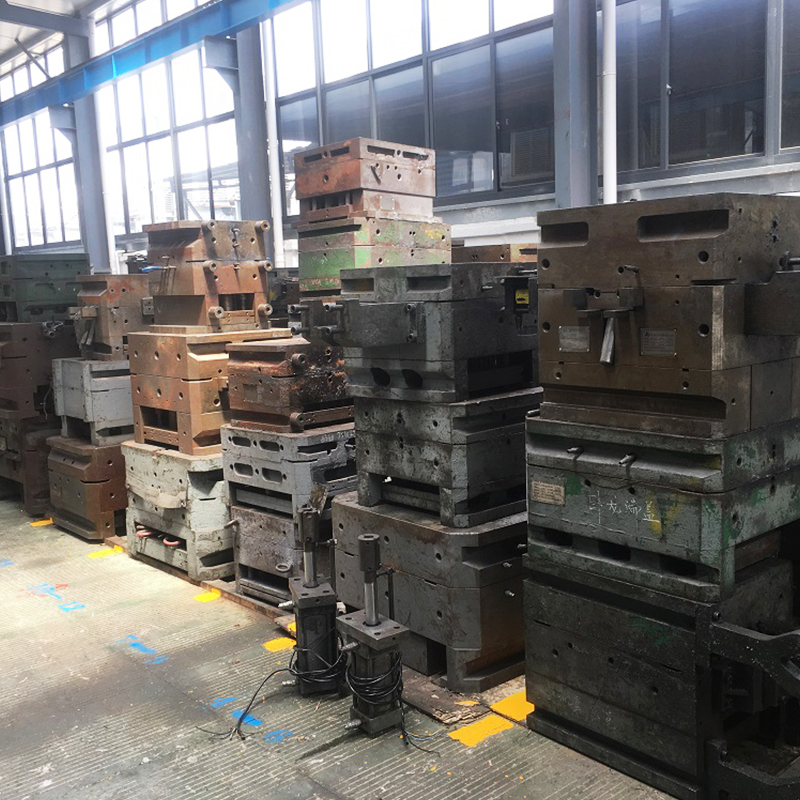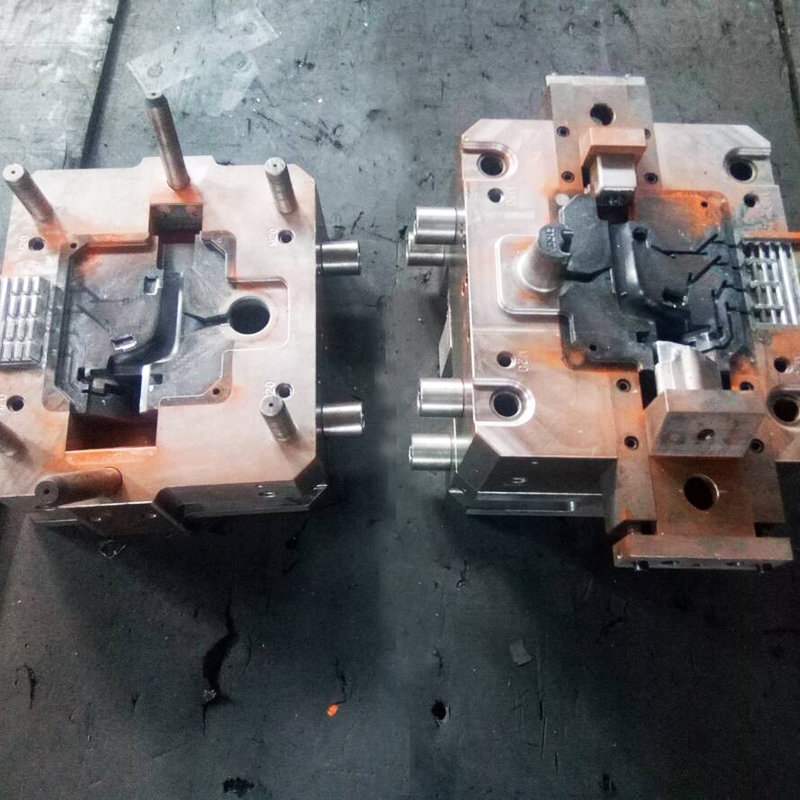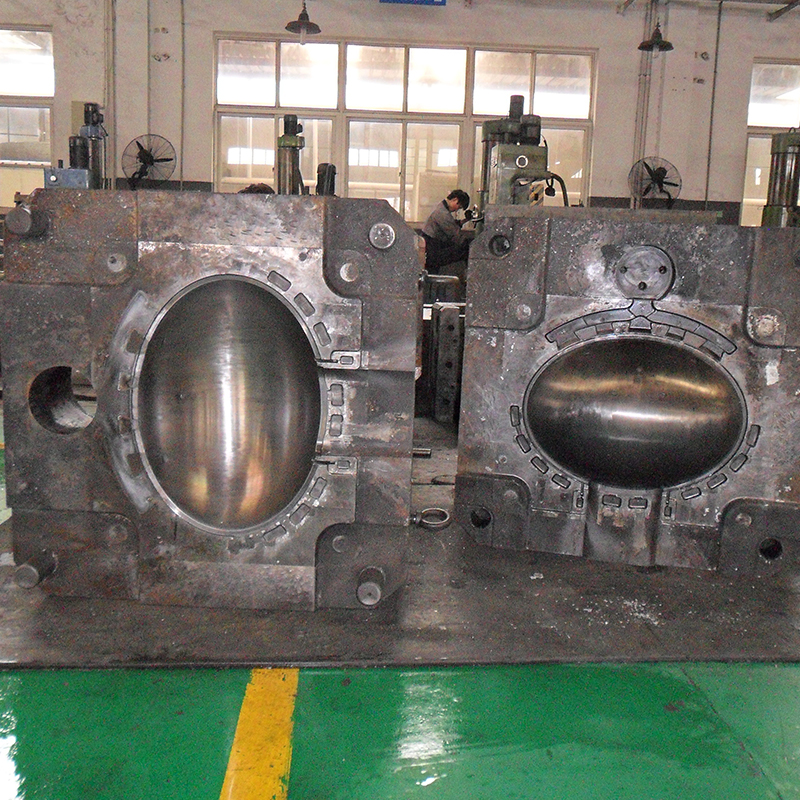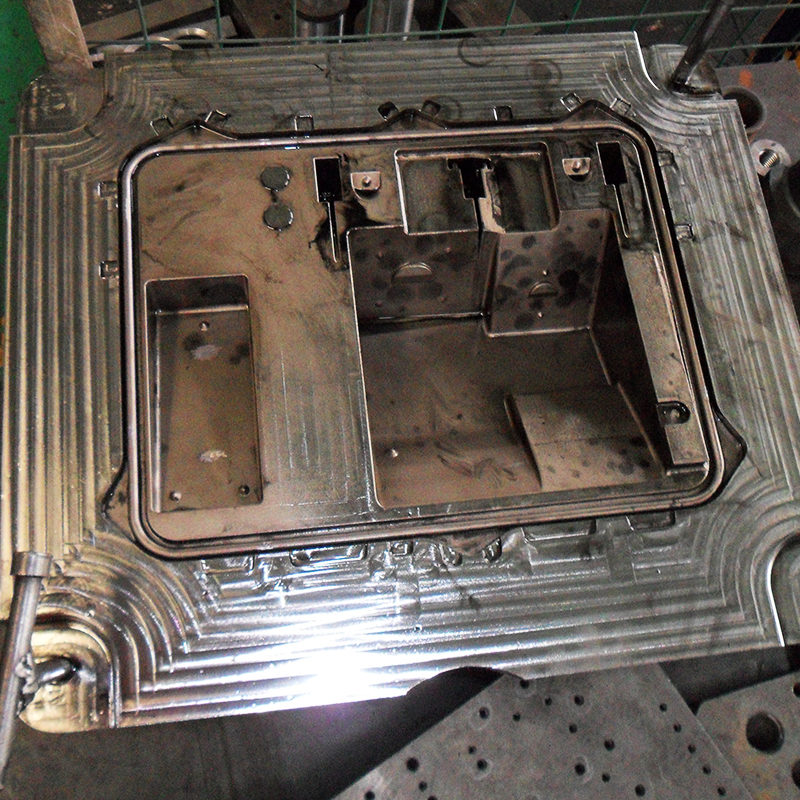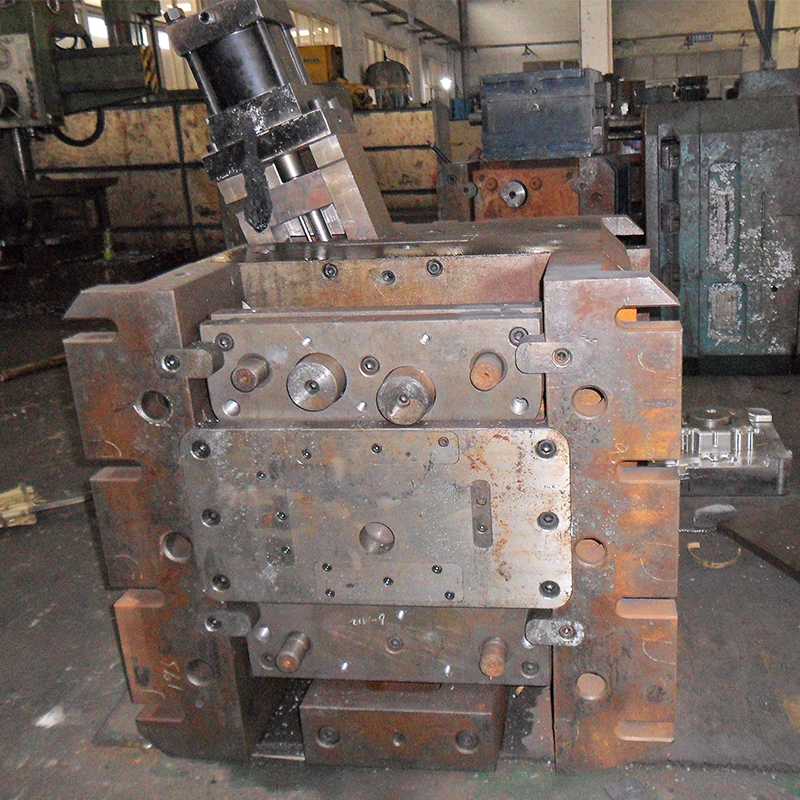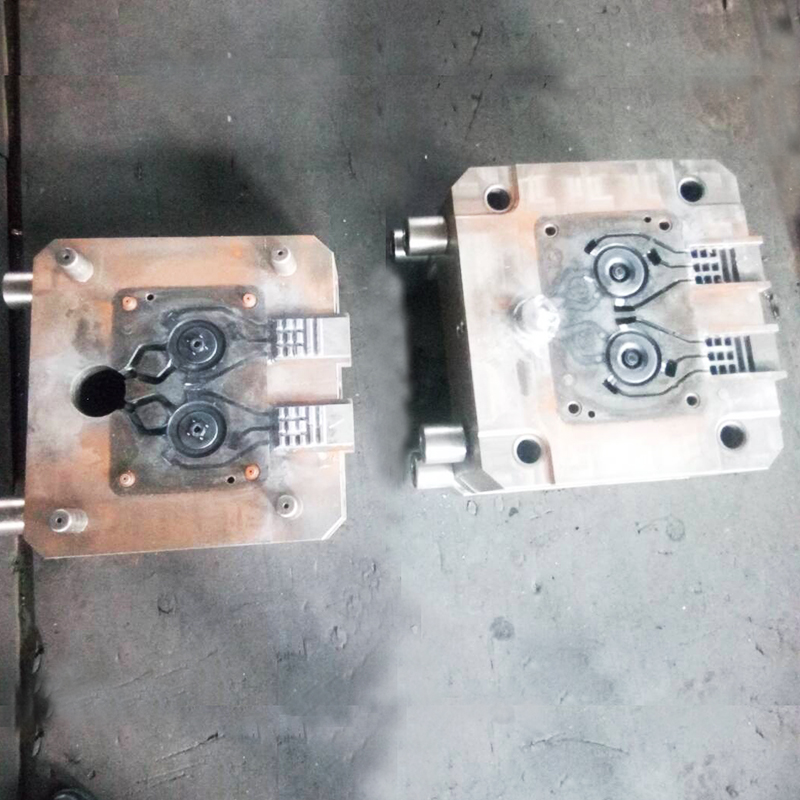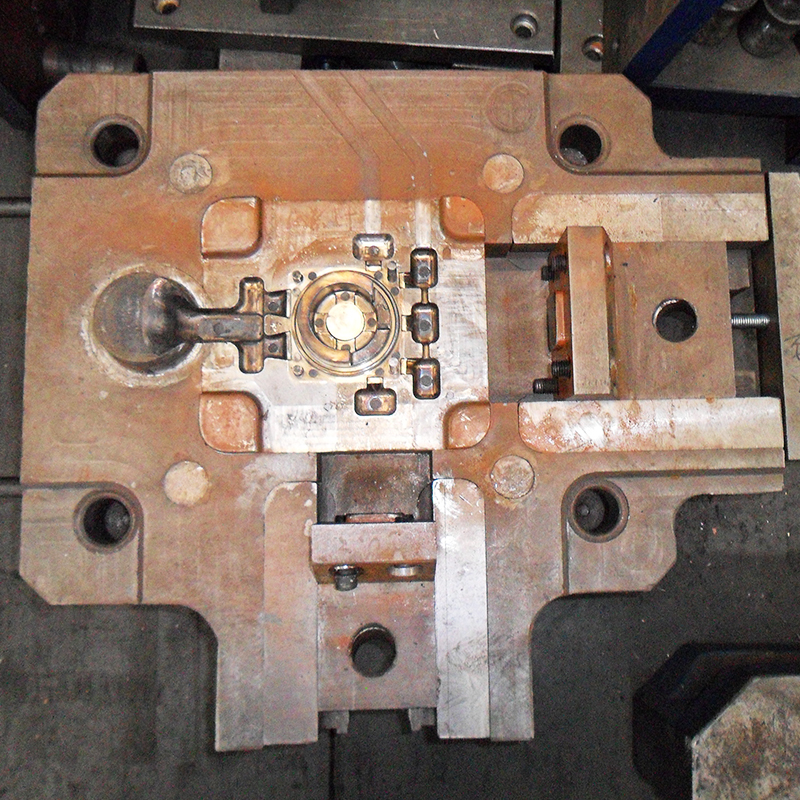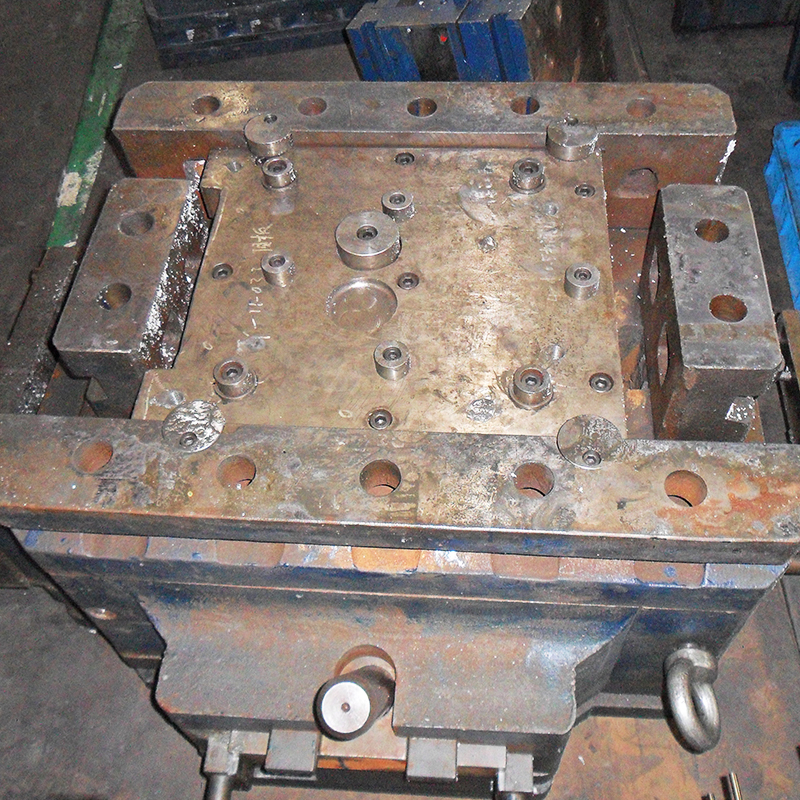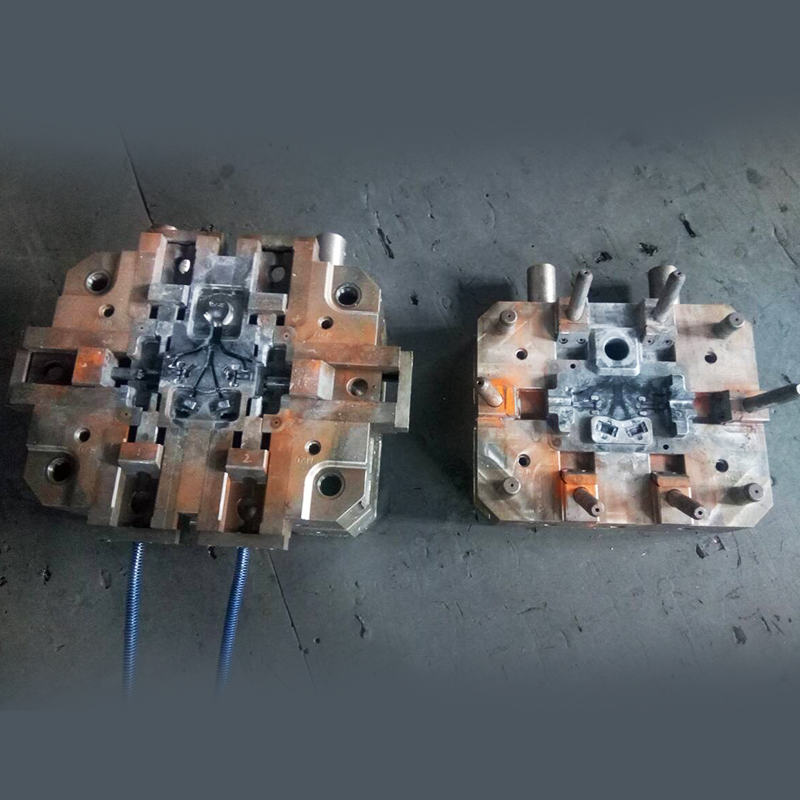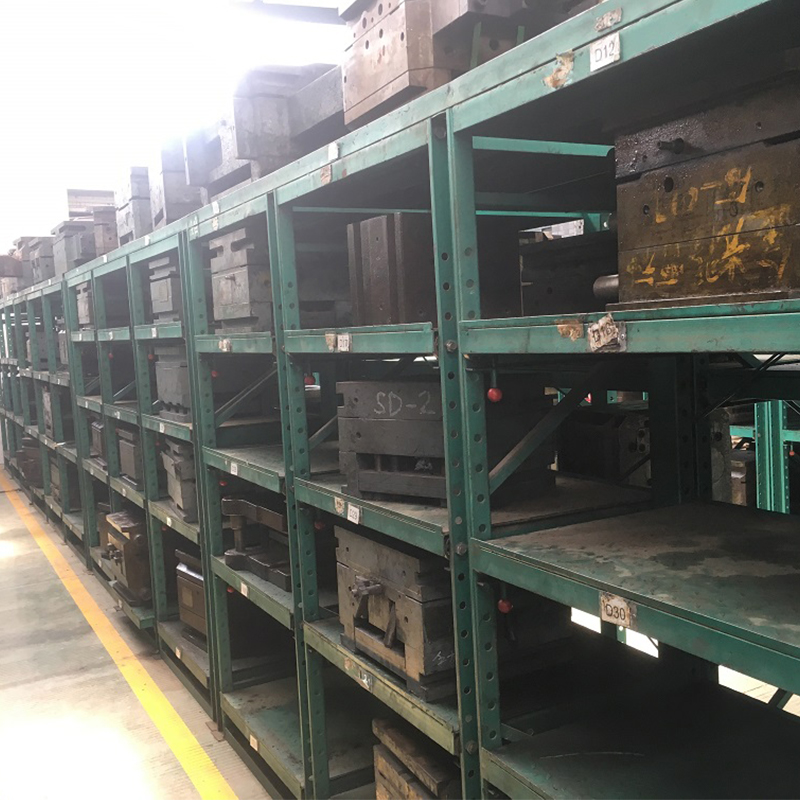Aug 02, 2021
Most of the defects on die castings appear when grooves are opened in the casting or during machining. The reason is that the fine-grained layer structure on the surface of the casting is removed, exposing the coarse grained area extending to the center, and all the shrinkage cavities are located under this skin layer. Once there are defects on the outer surface of the casting, the casting will leak under pressure. If the surface of the casting is not processed, its internal holes have no effect on the pressure resistance.
The molding temperature has a significant effect on the pressure resistance. The lower the molding temperature, the higher the pressure resistance. This is because a dense surface layer is formed on the surface of the casting at low temperatures. The fillet located at the junction of two or more intersecting surfaces is the part where the casting often leaks, because these parts are generally hot nodes in the molding, forming a thinner surface. Increasing the fillet radius will aggravate this phenomenon, because the molding temperature is higher at this time, and the surface of the casting will be thinner.
The type of casting alloy also has an impact on the pressure resistance, and aluminum castings are usually easier to leak than zinc castings. Little is known about the leakage inside the casting or the leakage between two processing surfaces (the dense surface of the casting has been removed). It is likely that the type of holes (connected or disconnected) rather than the number of holes determines whether this occurs. leakage. On the whole, it is very difficult to manufacture large pressure-resistant castings, and most of the impregnation treatment is an indispensable process.
1) 1. Increase the mold temperature 2. Adjust the cross-sectional area or position of the inner runner 3. Adjust the speed and pressure of the inner runner 4. Appropriate selection of paint and adjustment
2) 1. Correct selection of die-casting mold materials and heat treatment process 2. Pouring temperature should not be too high, especially high melting point alloys 3. Fully preheating of the mold 4. Die-casting molds should be annealed regularly or after a certain number of die-casting, and the surface of the formed part should be polished
3) 1. The alloy should not be overheated 2. Increase the mold temperature and lower the pouring temperature 3. Strictly control the alloy composition within the allowable range
4) 1. The proportion of alloy materials should pay attention to the impurity content not to exceed the starting point 2. Adjust the mold opening time 3. Make the push rod evenly stressed 4. Change the unevenness of the wall thickness
5) 1. Correctly control the alloy composition. In some cases: pure aluminum ingots can be added to the alloy to reduce the magnesium content in the alloy; or aluminum-silicon master alloys can be added to the alloy to increase the silicon content 2. Increase the mold temperature 3 .Change the structure of the casting 4. Adjust the core-pulling mechanism or make the push rod evenly stressed
6) 1. Add pure magnesium to the alloy to reduce the content of aluminum and silicon 2. The temperature of the mold should be controlled within the required range 3. Improve the structure of the casting to eliminate the cross section with large changes in thickness 4. Adjust the core and push rod to make it suffer Force balance
7) 1. Ensure that the chemical composition of the alloy has the lower limit of the alloy elements: when the silicon brass is prepared, the content of silicon and zinc cannot be taken at the same time as the upper limit 2. Increase the mold temperature 3. Properly control and adjust the mold opening time
8) 1. Change the structure of the casting to eliminate metal accumulation and large changes in section 2. Lower the pouring temperature when possible 3. Increase the injection pressure 4. Properly improve the pouring system to make the pressure better
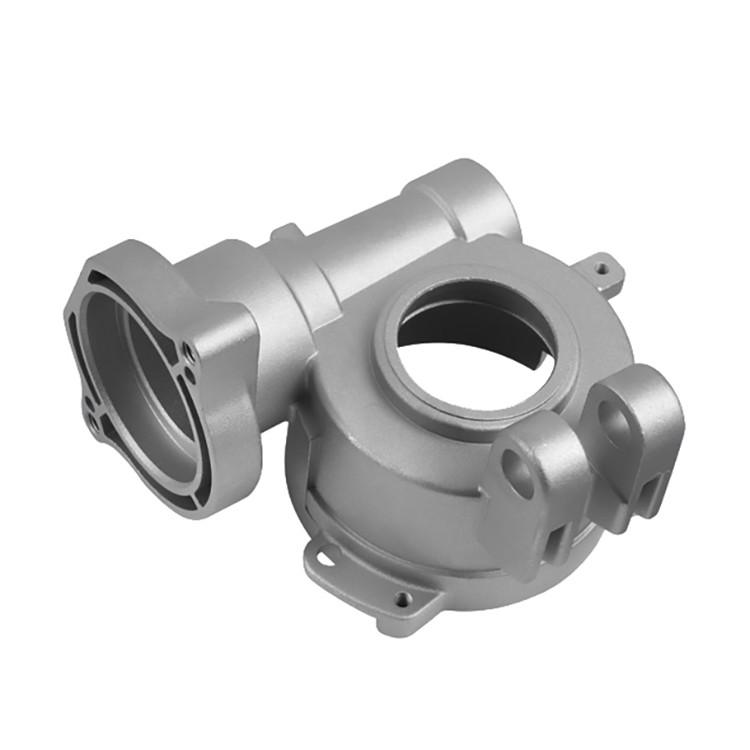
2) 1. Correct selection of die-casting mold materials and heat treatment process 2. Pouring temperature should not be too high, especially high melting point alloys 3. Fully preheating of the mold 4. Die-casting molds should be annealed regularly or after a certain number of die-casting, and the surface of the formed part should be polished
3) 1. The alloy should not be overheated 2. Increase the mold temperature and lower the pouring temperature 3. Strictly control the alloy composition within the allowable range
4) 1. The proportion of alloy materials should pay attention to the impurity content not to exceed the starting point 2. Adjust the mold opening time 3. Make the push rod evenly stressed 4. Change the unevenness of the wall thickness
5) 1. Correctly control the alloy composition. In some cases: pure aluminum ingots can be added to the alloy to reduce the magnesium content in the alloy; or aluminum-silicon master alloys can be added to the alloy to increase the silicon content 2. Increase the mold temperature 3 .Change the structure of the casting 4. Adjust the core-pulling mechanism or make the push rod evenly stressed
6) 1. Add pure magnesium to the alloy to reduce the content of aluminum and silicon 2. The temperature of the mold should be controlled within the required range 3. Improve the structure of the casting to eliminate the cross section with large changes in thickness 4. Adjust the core and push rod to make it suffer Force balance
7) 1. Ensure that the chemical composition of the alloy has the lower limit of the alloy elements: when the silicon brass is prepared, the content of silicon and zinc cannot be taken at the same time as the upper limit 2. Increase the mold temperature 3. Properly control and adjust the mold opening time
8) 1. Change the structure of the casting to eliminate metal accumulation and large changes in section 2. Lower the pouring temperature when possible 3. Increase the injection pressure 4. Properly improve the pouring system to make the pressure better

Ningbo Fuerd was founded in 1987, is leading full-service die Casting Tooling, aluminum die casting, zinc die casting, Gravity casting manufacturer. We are a solution provider offering a wide array of capabilities and services that include engineering support, designing, molds, complex CNC machining, impregnation, tumbling, chrome, powder coating, polishing, assembly and other finishing services. We will work with you as partners not just suppliers.
- Full Service in Die Casting & Machining Since 1987
- Die Casting Machine from 180 to 4400 tons
- 1500+ Set of Casting Parts Exported Overseas
- Trusted By Top Brandings in Automotive & Medical Industry
- IATF 16949 Certificated Factory
- Famous“Die Casting City in China"
- Well-trained Staff Will Support You Efficiently From RFQ to Shipment.
NINGBO FUERD MECHANICAL CO., LTD
Website: https://www.fuerd.com
